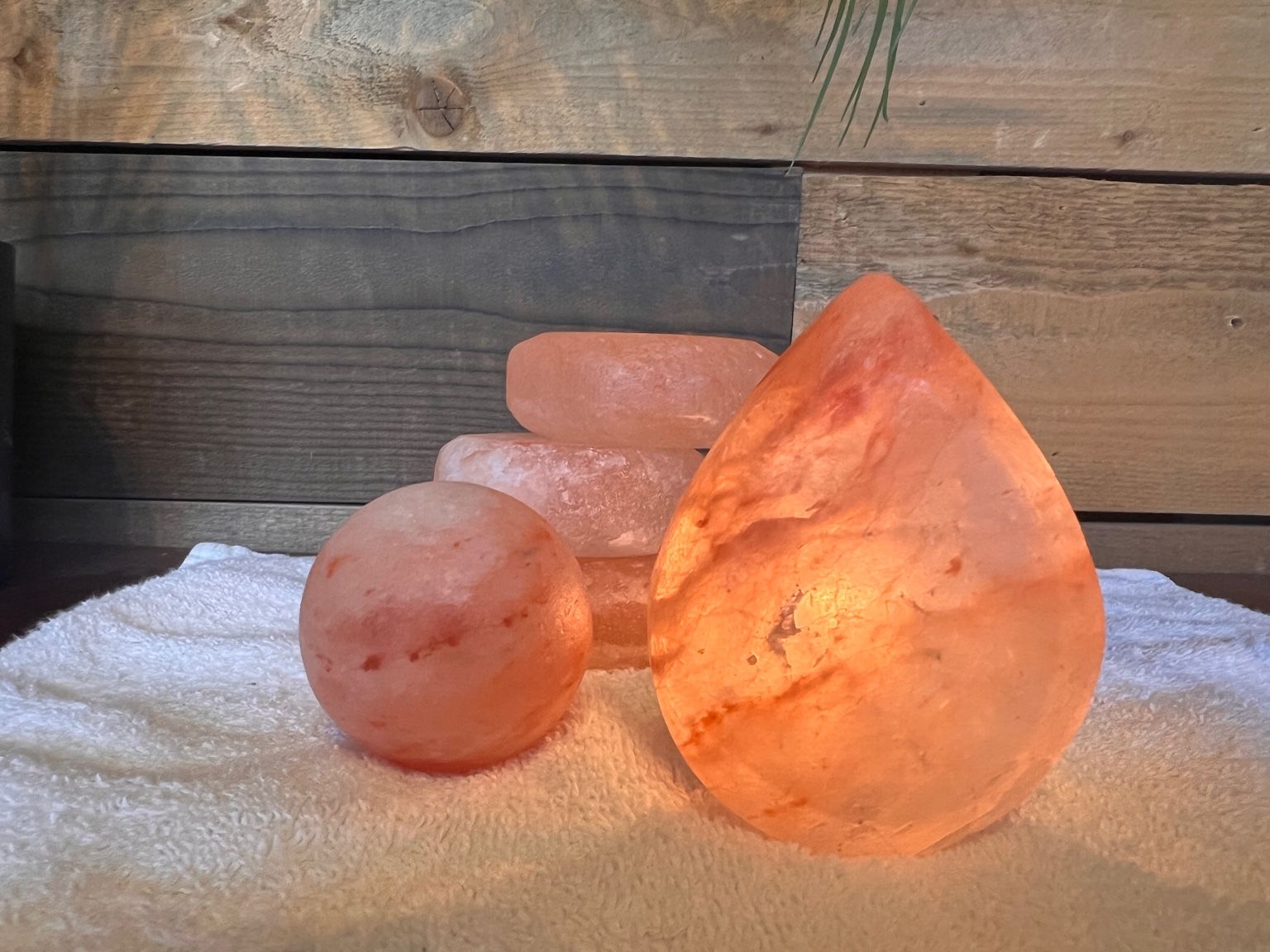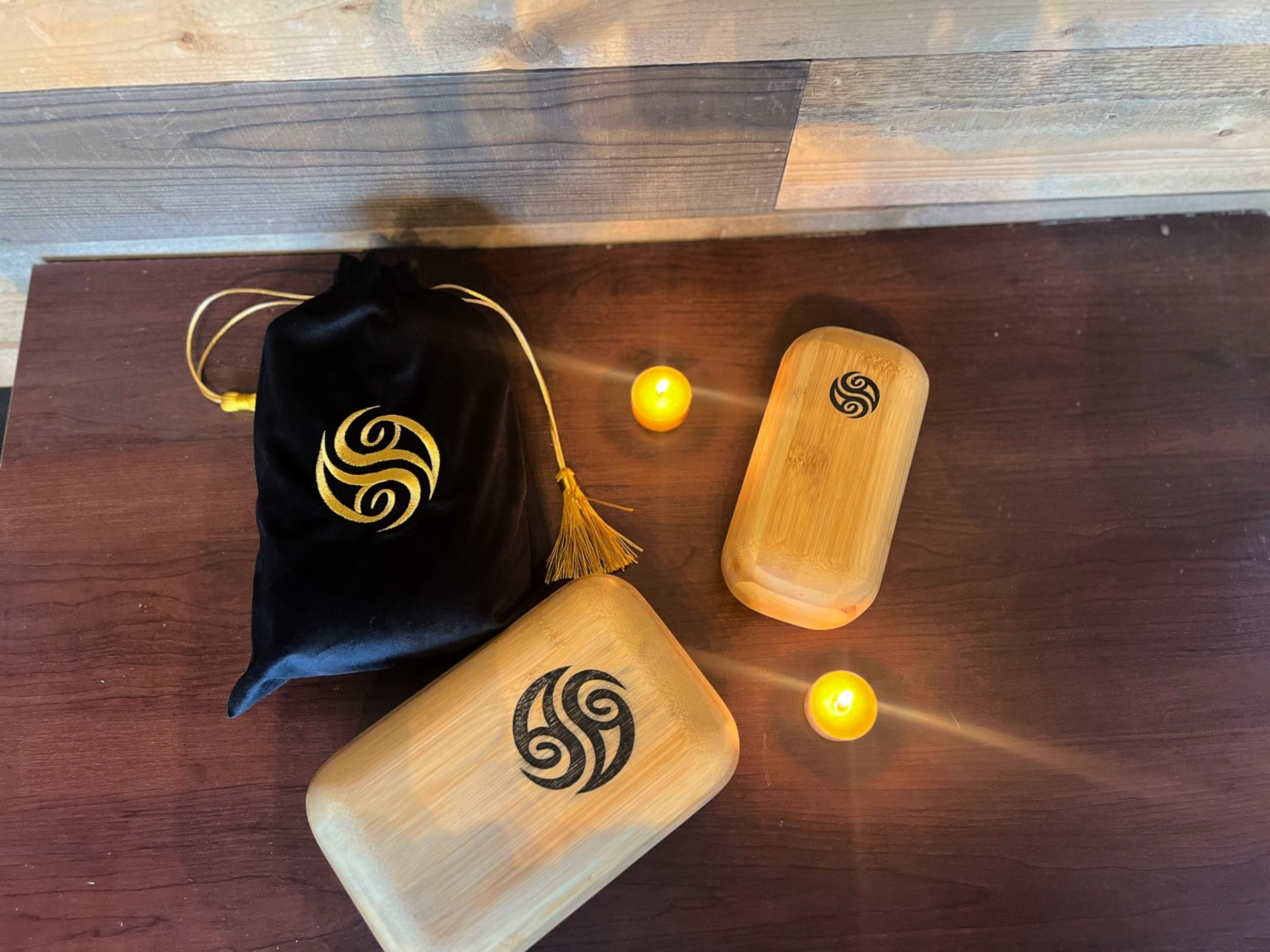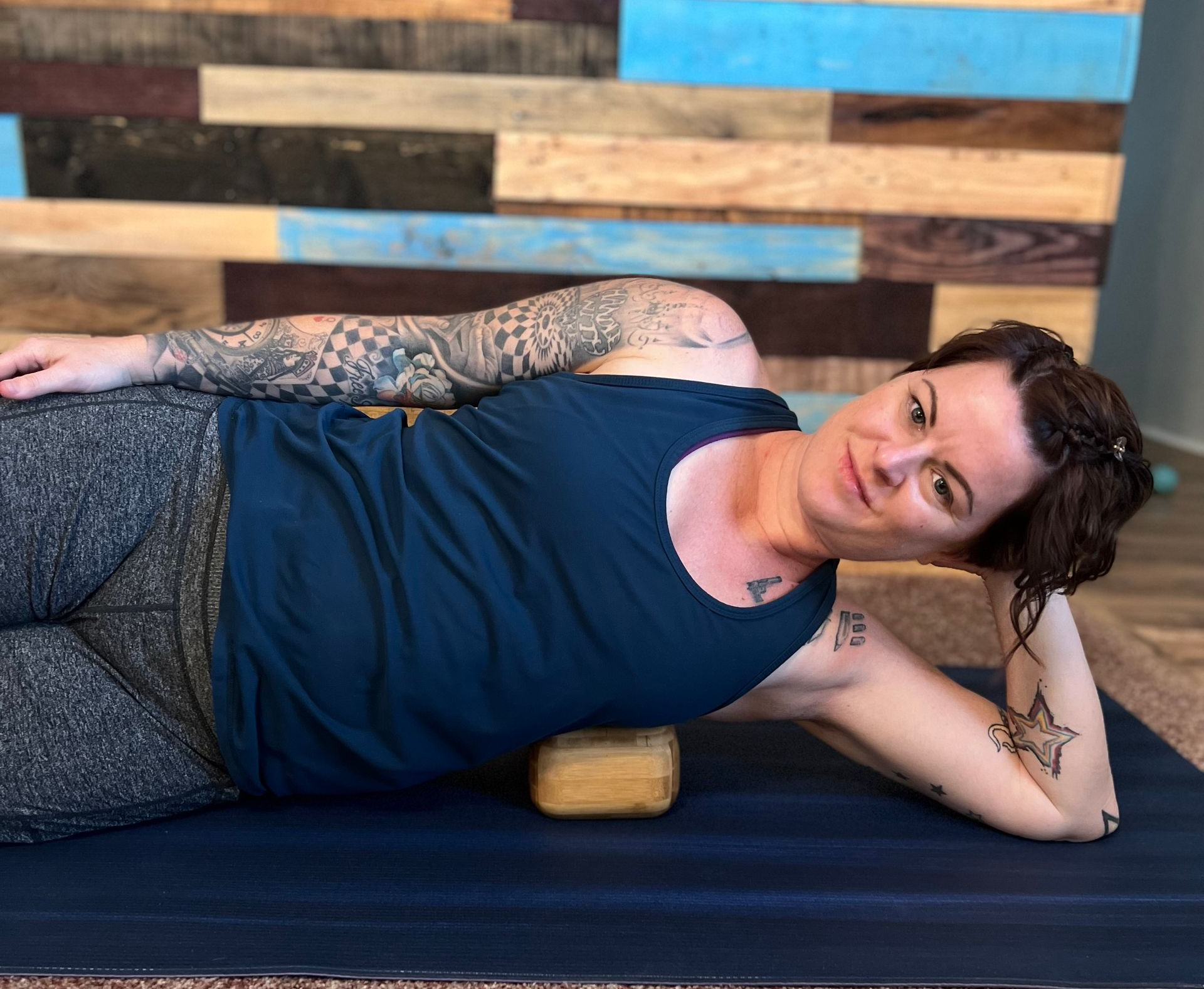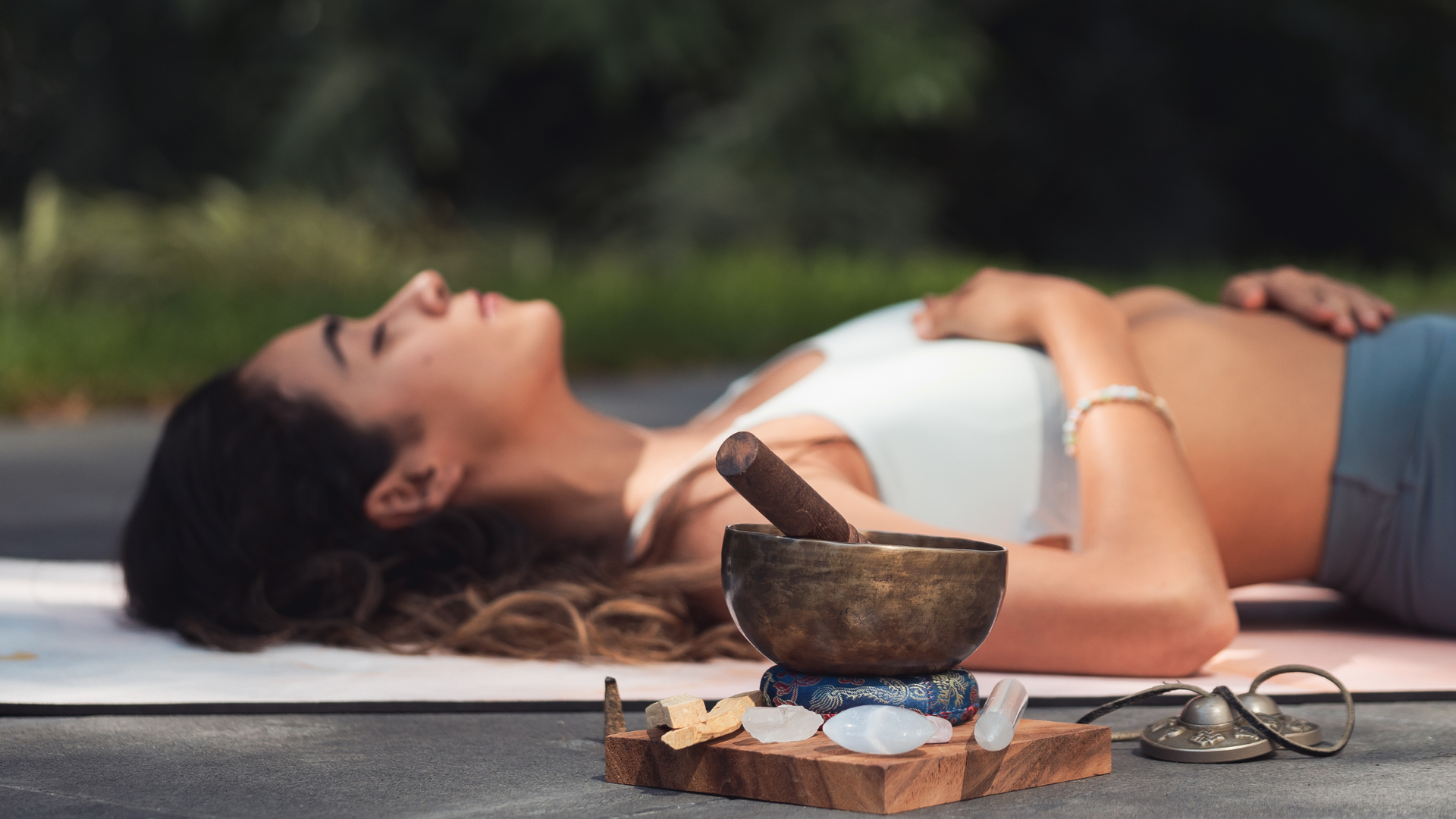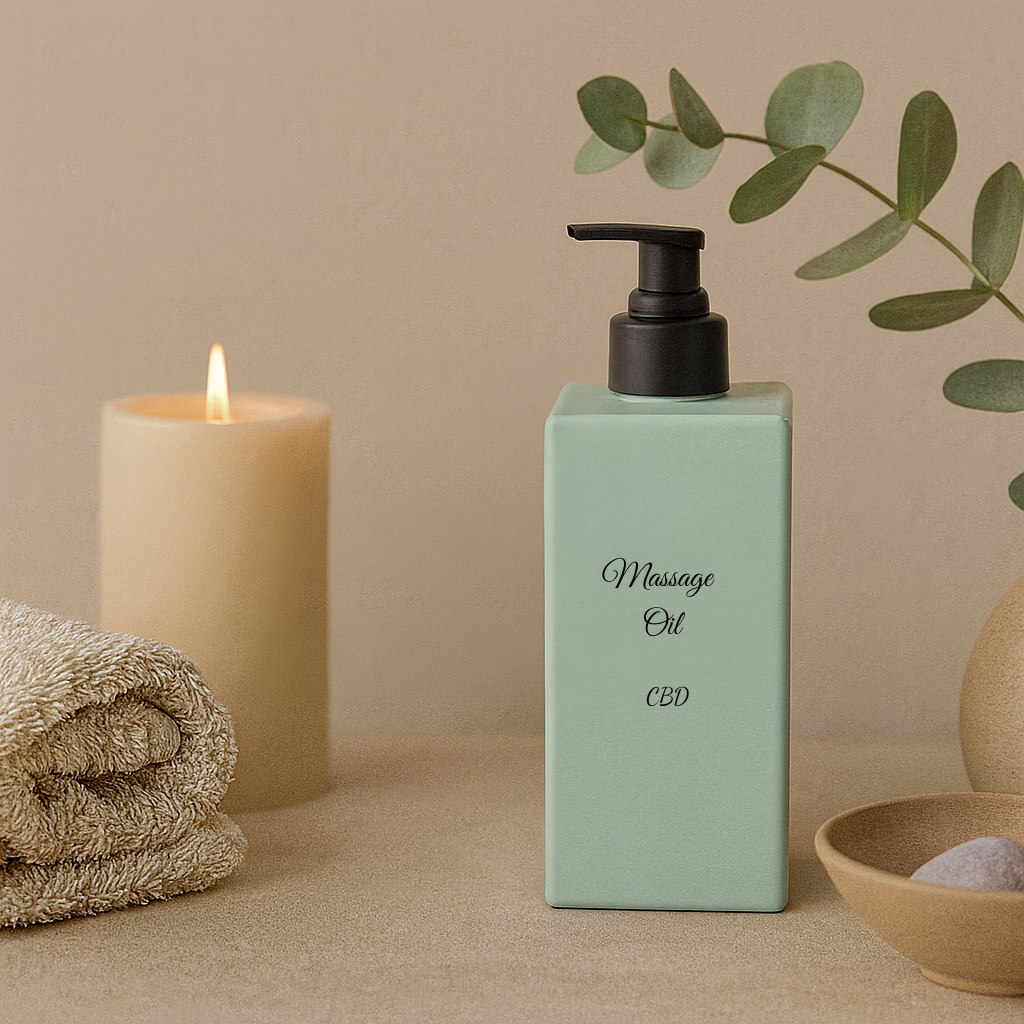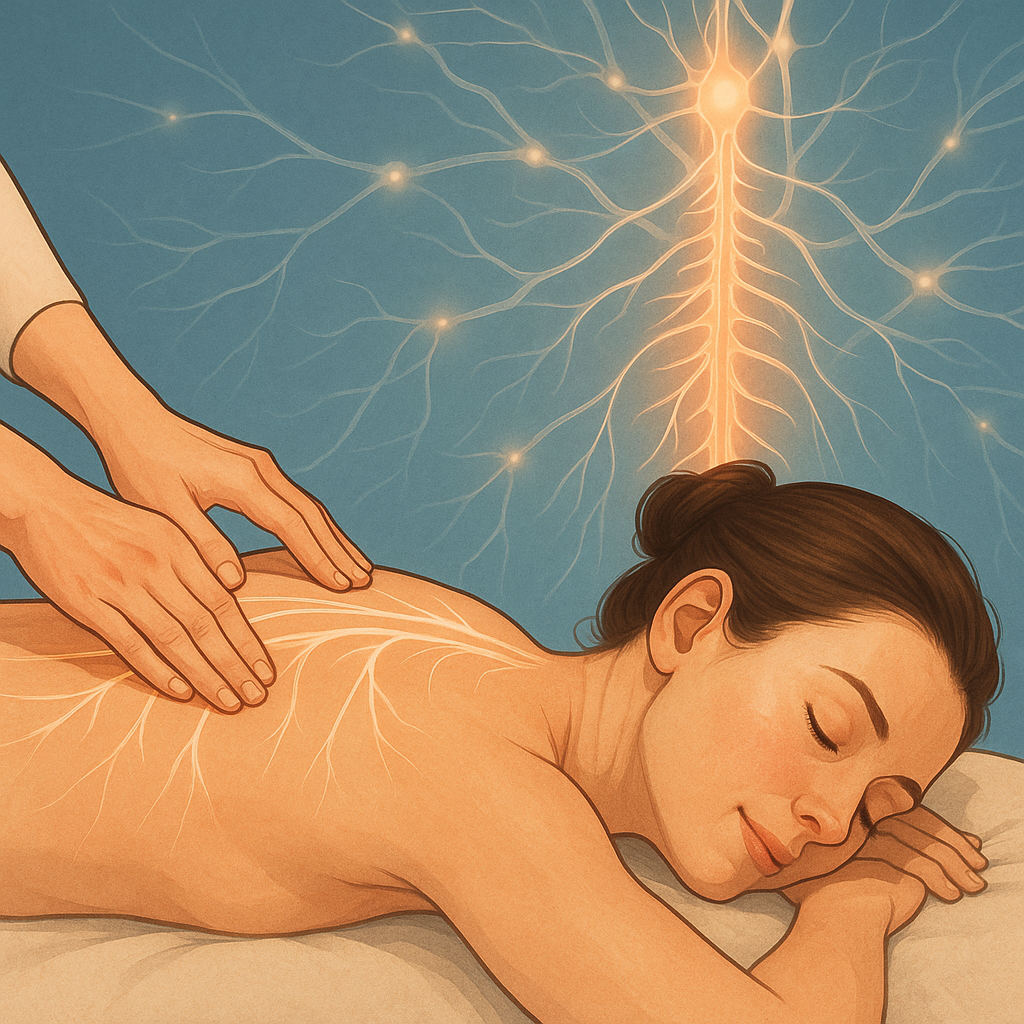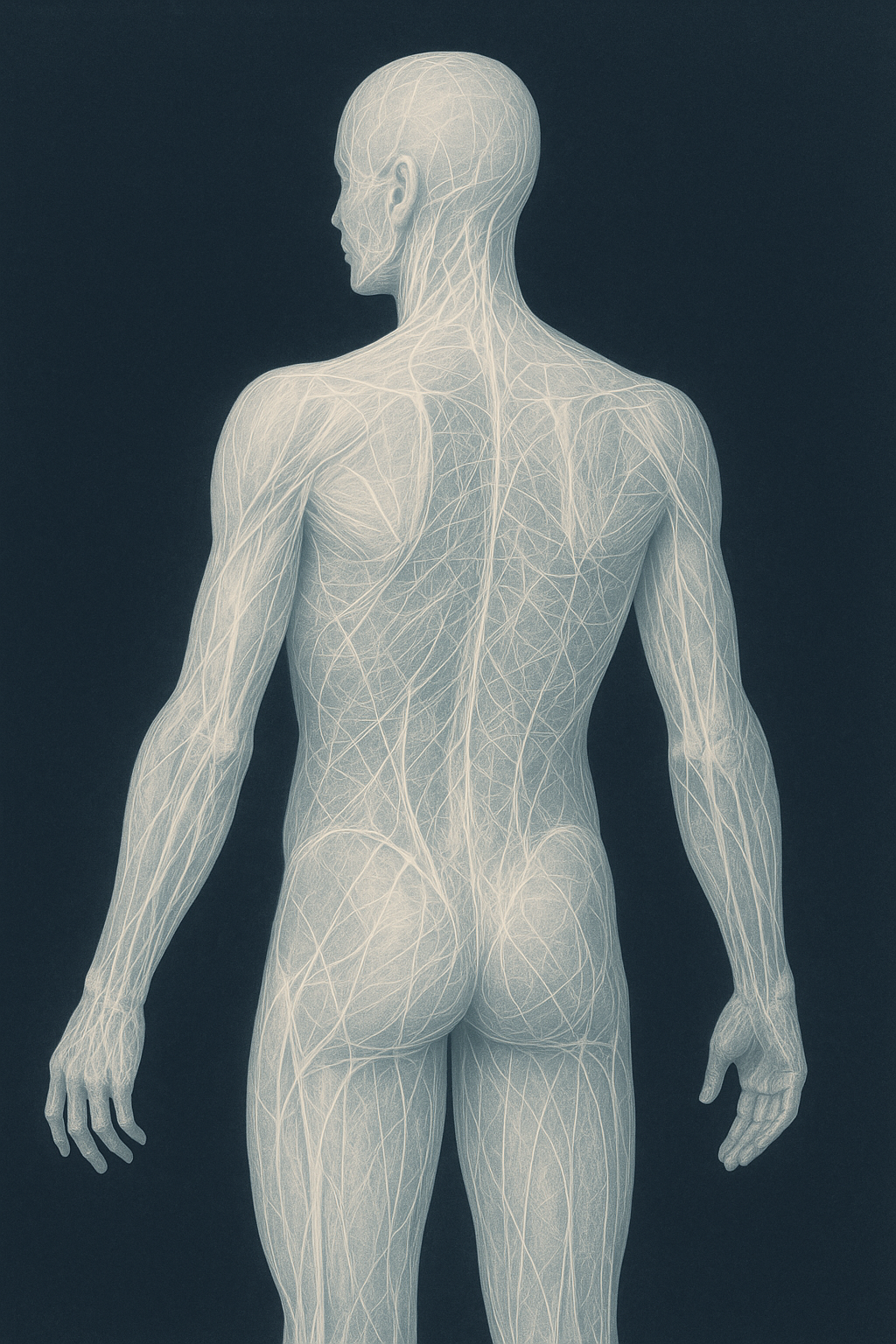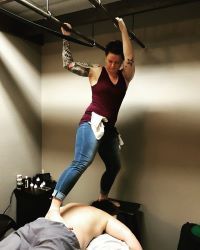The Power of Touch: How Human Connection Heals the Body and Mind
A closer look at how safe, therapeutic touch supports physical and emotional balance — and what happens when we go without it.
Touch Is a Basic Human Need
Have you ever noticed how a simple hug, a pat on the shoulder, or even the steady pressure of a massage can make you instantly breathe easier? Touch isn’t a luxury — it’s how the body regulates and heals.
From the moment we’re born, supportive contact helps calm the nervous system, lower stress hormones, and build a sense of safety and connection.
When we go without it for too long, tension, fatigue, and stress begin to build beneath the surface. It’s not just in your head — it’s how the nervous system responds when comfort is missing.
When Healthy Contact Is Missing
Modern life makes it easy to become “touch deprived.” Long work hours, digital communication, and daily stress often mean less real human connection.
Research shows this lack of touch can contribute to:
- Increased anxiety and irritability
- Persistent muscle tension
- Poor sleep or restless fatigue
- A sense of disconnection or emotional flatness
Scientists call this skin hunger — the body’s quiet signal that it’s missing one of its most basic forms of regulation.
How Massage Helps Restore Balance
- Studies show moderate-pressure massage lowers cortisol levels by up to 30% while boosting serotonin and dopamine — the body’s natural mood stabilizers. (Field, 2014)
Massage is a structured, professional way to reintroduce safe, intentional contact.
Barefoot Massage and Bodywork techniques use slow, steady pressure to stimulate pressure receptors beneath the skin — the same receptors that tell your brain, you can relax now.
That deep, steady input helps the nervous system shift from “fight or flight” to “rest and repair.” Over time, this leads to:
- Reduced tension and pain sensitivity
- Improved sleep and breathing patterns
- Better posture and movement
- A greater sense of calm and focus
Massage doesn’t just ease sore muscles — it helps reset the body’s internal rhythm.
Why Professional Touch Is Different
Therapeutic touch is rooted in training, boundaries, and trust.
Each session is designed to support healing through safety — predictable rhythm, consistent pressure, and respect for your comfort.
That structure is what separates massage from casual or social touch. It allows the body to fully let go, knowing it’s in safe, skilled hands (or feet).
The Lasting Effects of Regular Care
After your first session — expect relief, easier breathing, and maybe a sense of lightness.
With consistent sessions — you’ll likely notice better mobility, deeper sleep, and fewer pain flare-ups.
Over the long term — regular bodywork supports nervous system regulation, better posture, and emotional balance that
extends beyond the massage table.
The Takeaway
Touch is one of the simplest ways to restore balance in a disconnected world.
When the body receives safe, therapeutic contact, it responds with calm, ease, and renewed energy.
If it’s been a while since your last session, your body will tell you — through tension, fatigue, or that “wound up” feeling. Massage helps you reset that pattern and remember what calm feels like.
Ready to reconnect?
Book your next session at
The Traveling Sole and let your body exhale.
Your body’s always communicating — sometimes it just needs a chance to be heard.
Cited Research
Field, T. (2014). Massage therapy research review. International Journal of Neuroscience.
Field, T. (2019). Social Touch, CT Touch, and Massage Therapy: A Review. Developmental Review.
Schleip, R. et al. (2012). Fascia: The Tensional Network of the Human Body. Churchill Livingstone Elsevier.
Morrison, I. (2016). Keep calm and cuddle on: Social touch as a stress buffer. Adaptive Human Behavior and Physiology.
Hertenstein, M., & Keltner, D. (2006). Touch communicates distinct emotions. Emotion.
NIH National Center for Complementary and Integrative Health (2022). Massage Therapy: What You Need to Know.
AMTA (2023). Massage Therapy and Health Outcomes: Research Overview.
